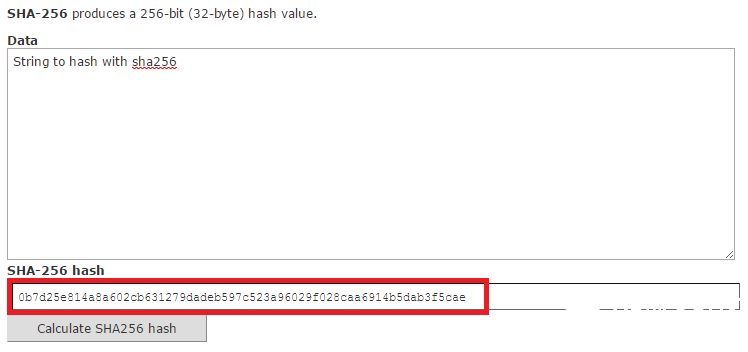

This protocol bug may speed up coin issuance by about two years in total, but fixing it would require a hard fork.Īdditionally, 2016 blocks backwards is 6102. The interval between blocks 0-1 is left out. Interestingly only 2015 blocks are actually included in the difficulty calculation. So, the difficulty adjustment is limited to +300% (4x), or -75% (1/4) per epoch. And, to prevent abrupt changes, Bitcoin’s difficulty correction factor has a maximum of 4 times its value, and a minimum of 1/4. The protocol limits the lowest possible difficulty level to 1, yet the is no upper limit. This ratio is multiplied by the current difficulty level, resulting in a percent change up or down. It then compares this total to a desired rate of 20,160 minutes (10 minutes times 2,016 blocks). The network does this by summing the total minutes it took to mine the last 2,016 blocks. At the beginning of every epoch the Bitcoin network recalculates the Current Target. Difficulty AdjustmentsĮach 2016-block interval is known as a difficulty epoch. And, as previously mentioned, the difficulty level is the approximate amount of hashes miners need to perform to find a block. For instance, Bitcoin’s current difficulty is 24 trillion (T). So, when the two hexadecimal numbers are divided, it results in the Difficulty Level which is a whole number. The Current Target is the hexadecimal difficulty derived from the 256 bit number in a block header. In the equation above the Difficulty Target hexadecimal is the highest possible target to be reached with a block hash, with a difficulty of 1. Here is the most basic formula: Difficulty Level = Difficulty Target / Current Target Although, there are various ways to measure difficulty. How Difficulty is Calculatedīitcoin’s difficulty calculation uses hexadecimal notation, meaning a set of numbers and letters.
#Double sha256 hash calculator full#
Likewise, a full node will reject a block submitted by miners that does not have a double SHA-256 hash value less than the difficulty target. The difficulty target also enforces protocol rules.įor example, miners need to have consensus on the current difficulty, in order to achieve the correct nonce so that they can hash a viable proof-of-work solution.

The purpose of difficulty is to keep the rate of coin issuance and block confirmation intervals steady over time. This means that all bitcoiners come to the same difficulty target without relying on a centralized authority. And, because the difficulty calculation is deterministic everyone can calculate the target independently. Difficulty and Protocolīitcoin’s difficulty level is the estimated number of hashes required to mine a block. We also look closer at block pace and its behavior. This information will help us to better understand how Bitcoin’s hash rate is found in the following section. In this first section we describe the purpose of Bitcoin’s difficulty, and its calculation. 6.1 Incorrect Hash Rate Affects Price Bitcoin’s Difficulty and Block Pace


 0 kommentar(er)
0 kommentar(er)
